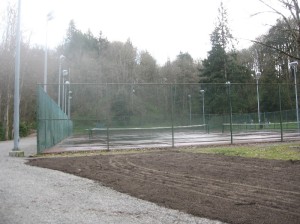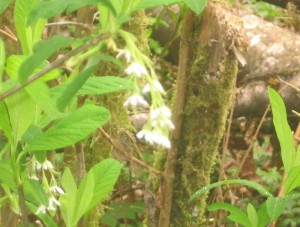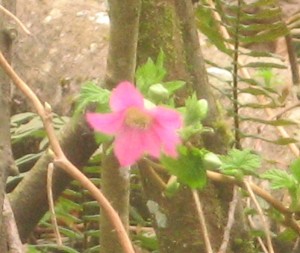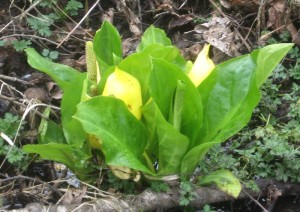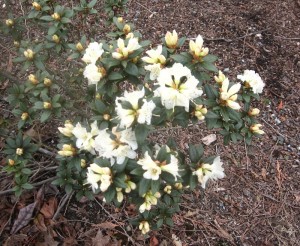Actually, it may be my 19th. I moved here twenty years ago this month, but I don’t remember if I went up there that year. I know I’ve gone up there twice in a summer at least twice, so does that count?
I love both Paradise and Hurricane Ridge, and I’ve been to a lot of other wonderful wildflower hunting places (including Yellowstone, which doesn’t seem like a likely place to find a lot of wildflowers but most certainly is, and an incredible little state park in Indiana called Clifty Falls, which is absolutely amazing in April), but my favorite wildflower hunting grounds of all time are at Sunrise at Mt. Rainier National Park.
This year I was slightly late getting up there — my beloved alpine phlox was all but over except in a few favored places — but I still managed to rack up 36 different kinds of flowers. That’s my best total this summer!
One of the really neat things that the rangers do up at Sunrise (and at Hurricane Ridge) is put little signs near clumps of blooming plants that tell you what they are. I also have a couple of ID books, and I take photos of everything I see, so I can examine them better when I get home.
Here’s a sampling of what I saw today:
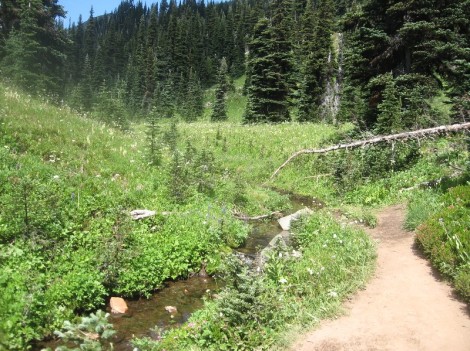
A field of sickletop lousewort (what a horrible name to inflict on a perfectly nice wildflower!), in a damp spot where it’s happiest.
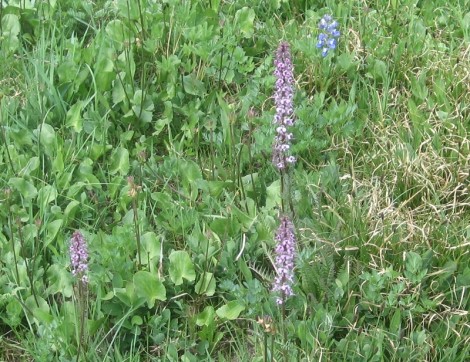
Elephantella. The flower book calls it elephant head, which is an accurate description of the flowers, but I grew up calling it elephantella.
Monkeyflowers (Mimulus), pink and yellow
Small-flowered penstemon
Pearly everlastings
Broad-leaved and dwarf lupines
American bistort
Potentilla
Gray’s lovage
Thread-leaved sandwort
Common yarrow
Partridge foot
Subalpine daisy
Cascade aster
Pale agoseris
Fan-leaved cinquefoil
Pasqueflower seedheads
False hellebore
Sitka valerian
Spreading phlox
Paintbrush, scarlet and magenta
Polemonium (Jacob’s ladder)
Broadleaved arnica
One lonely Columbian tiger lily
Sickletop lousewort
Elephantella
Beargrass
Harebells
Pink heather
White rhododendron
Cusick’s speedwell
Mertensia
Newberry’s knotweed
Mountain ash
Pussy-toes
Oh, and I saw a bear! In all the times I’ve gone hiking up at Sunrise, this is the first time I’ve seen a bear. It was at the Sunrise Camp, which is an ex-auto camp that’s been turned into a backpacker’s camp about a mile and a half behind Sunrise visitor center. There were about twenty of us watching it browse from a safe distance when I was there. It obviously knew we were there, and it equally obviously couldn’t have cared less. It was a bit closer to the trail than I was comfortable with, so instead of making my usual loop, I went back the way I came, along by Shadow Lake.
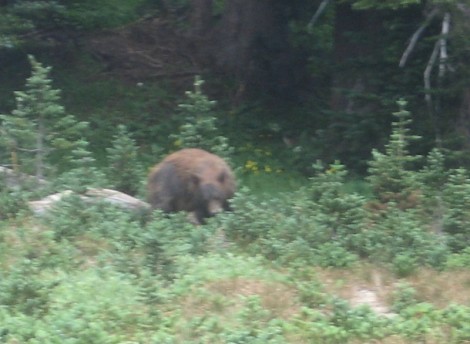
The first bear (photo taken with the zoom) I’ve ever seen at Sunrise — the ranger had me fill out a report when I went into the visitor center to tell her about it like the sign says to.
And I saw this bird. It’s got some blue on its back and rust on its front, and it’s about 6-8″ long, maybe?

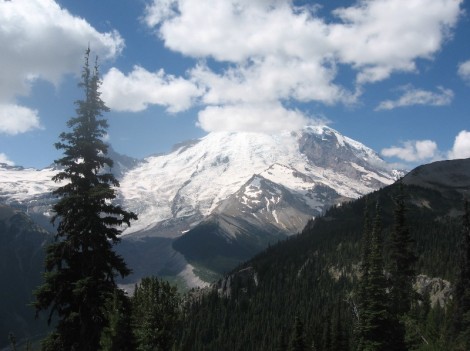
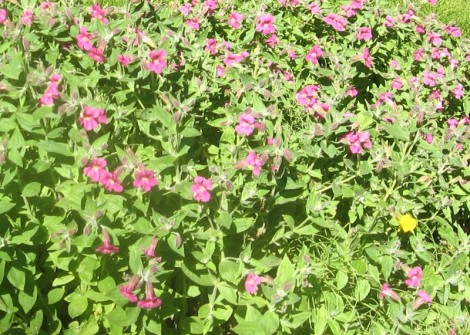
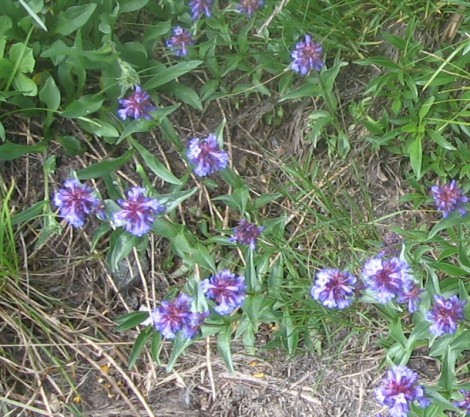
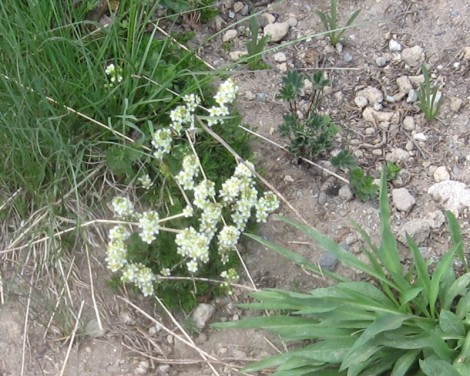

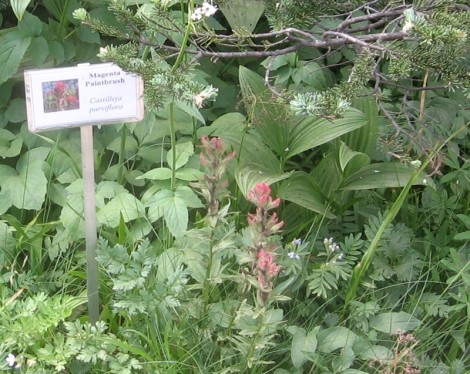
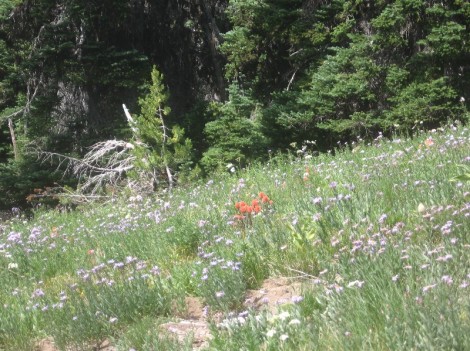
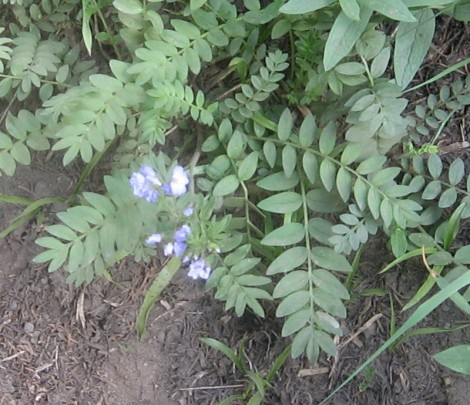
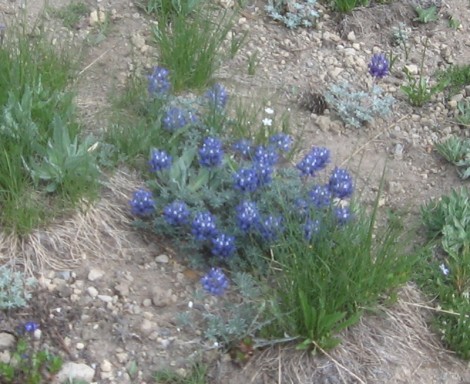
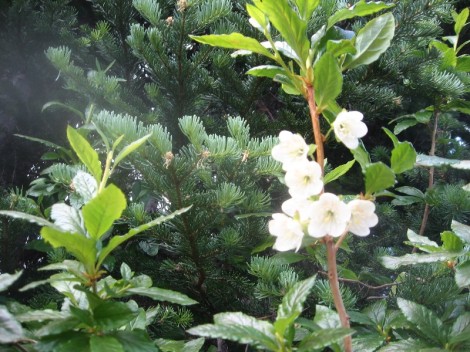
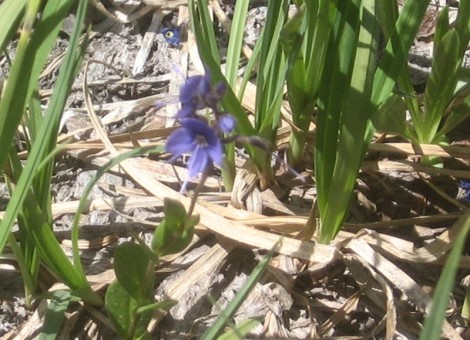
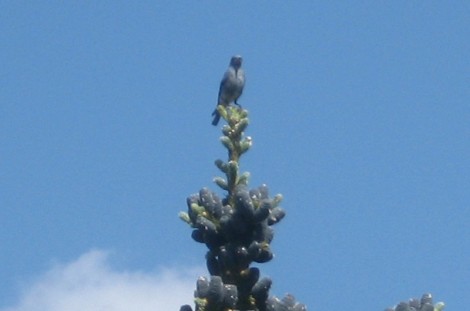
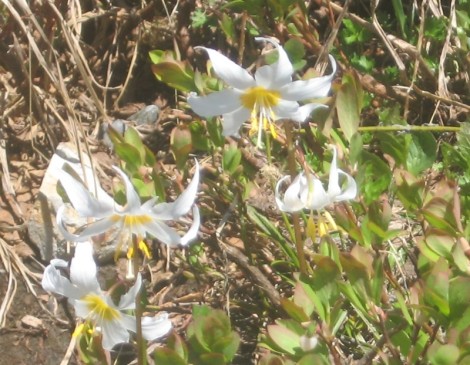

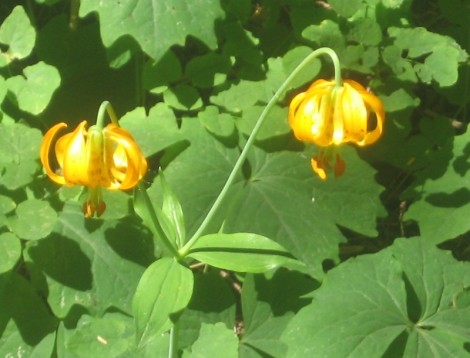
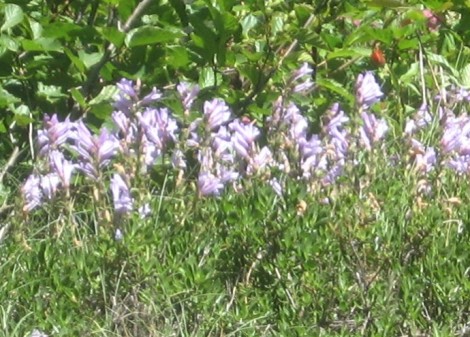
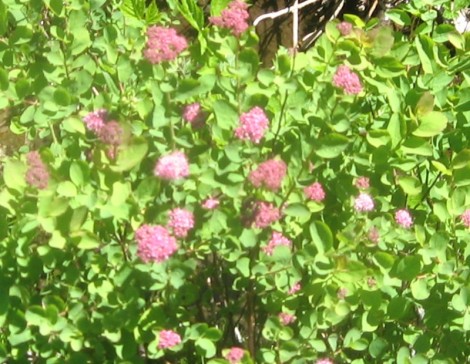
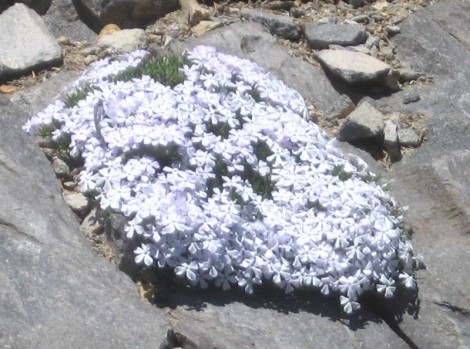
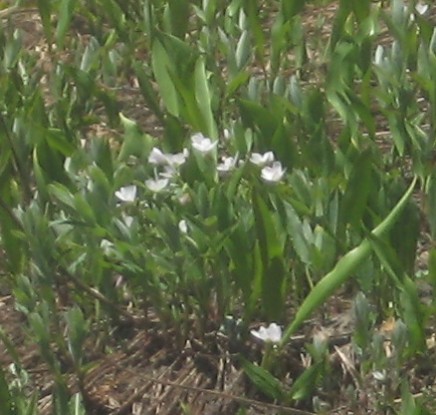
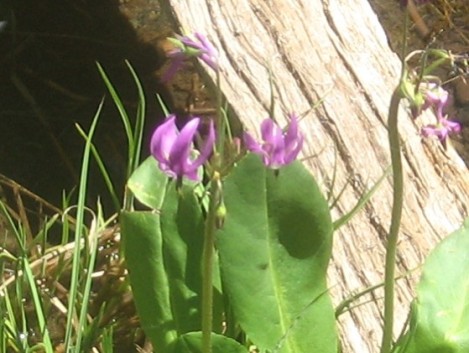

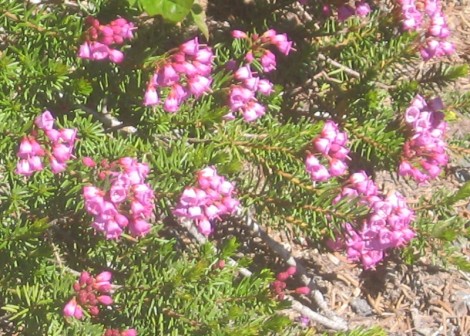
![A patch of glacier lilies (glacier lilies are yellow, avalanche liles are white, otherwise they're basically identical -- repeat until memorized [wry g].](https://mmjustus.files.wordpress.com/2013/07/paradise-3.jpg?w=470&h=358)
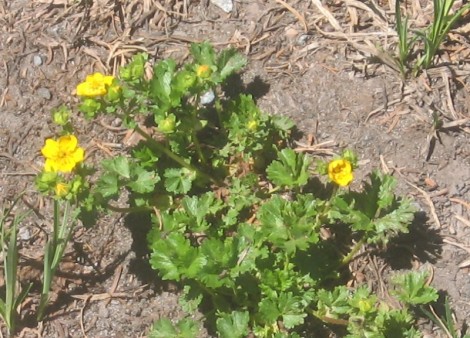
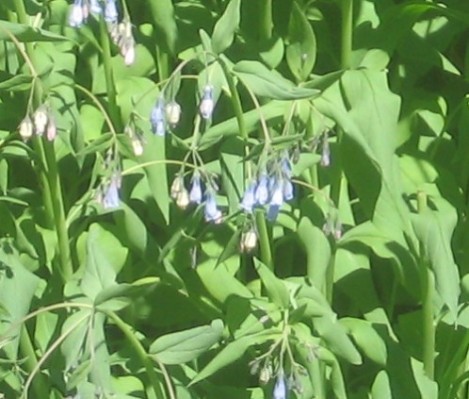
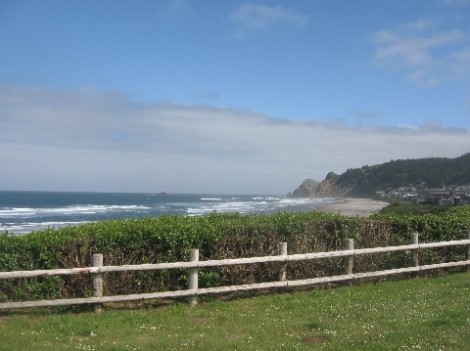
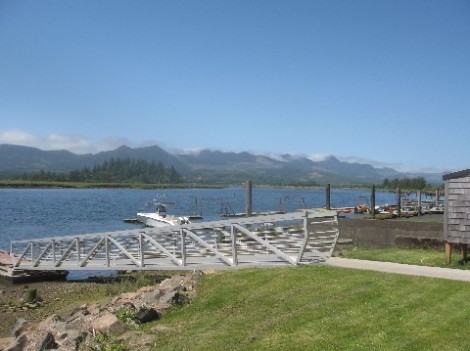
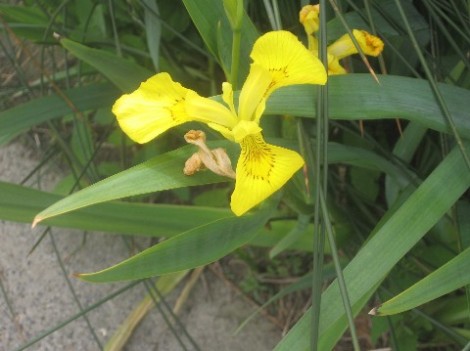
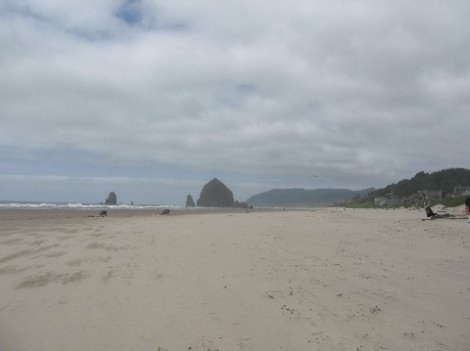

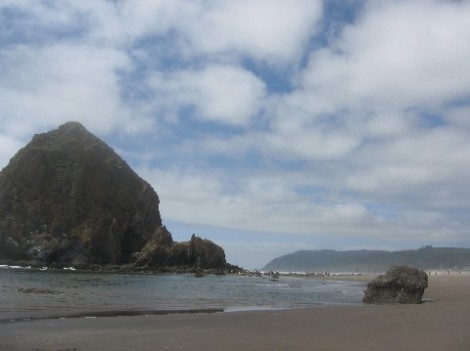
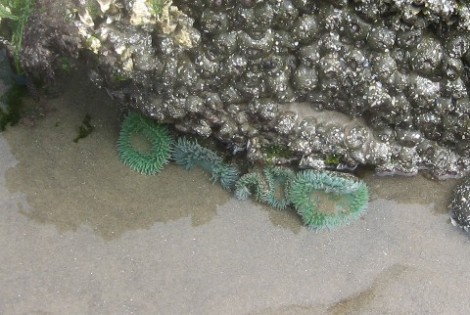
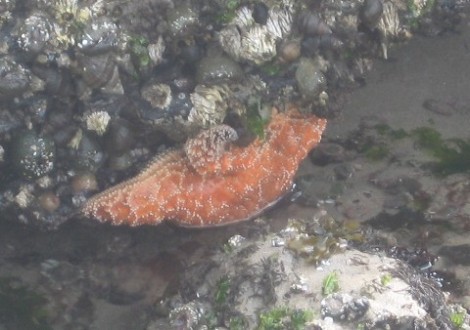
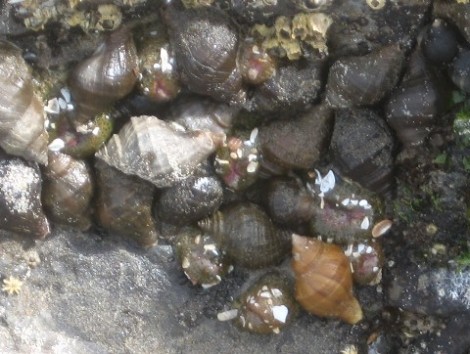
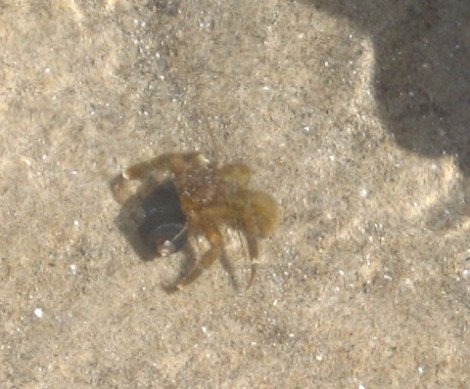
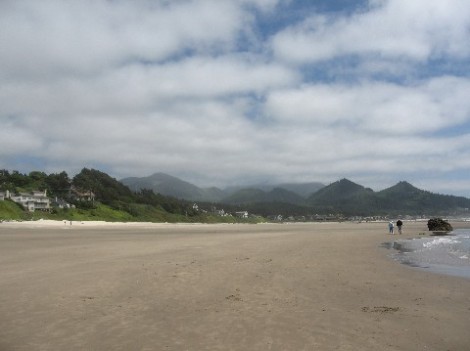
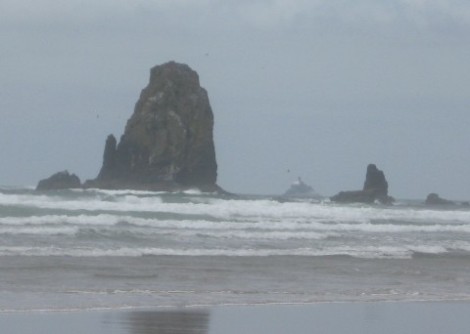
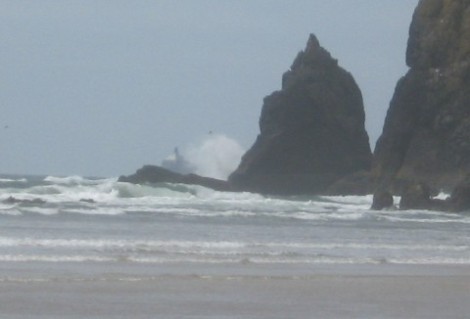

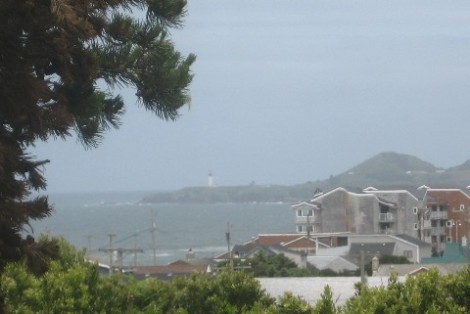
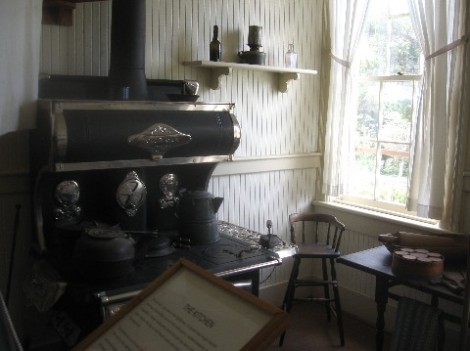
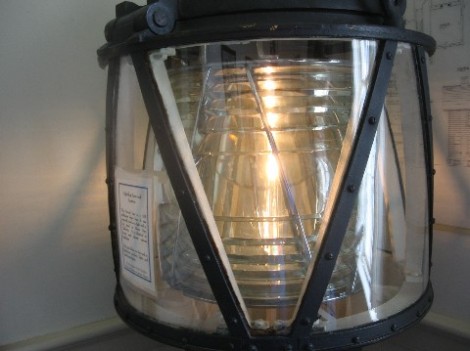
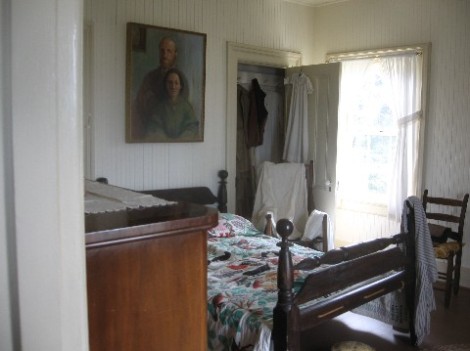
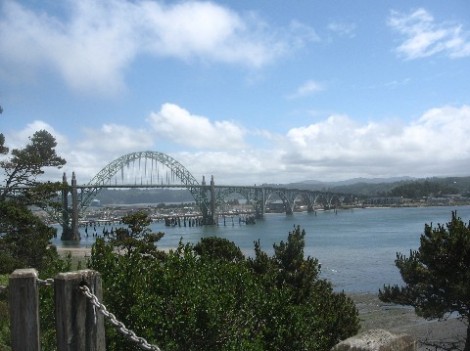
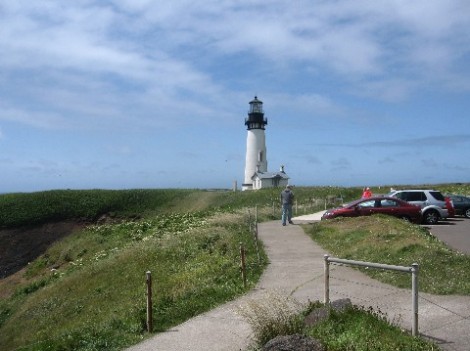
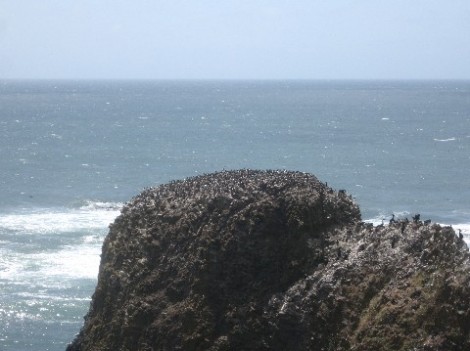
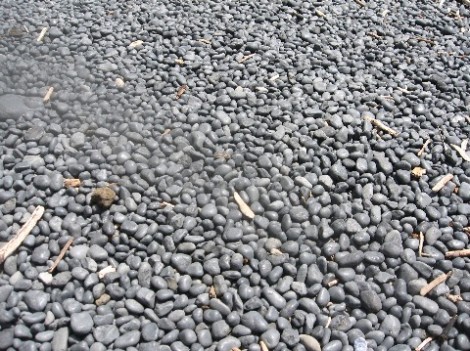
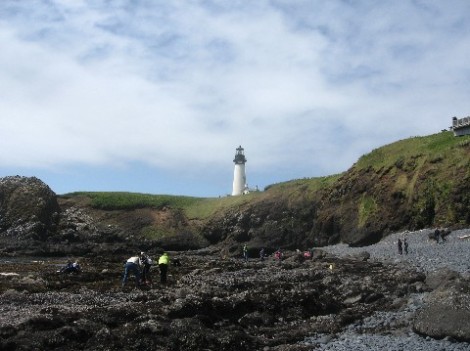
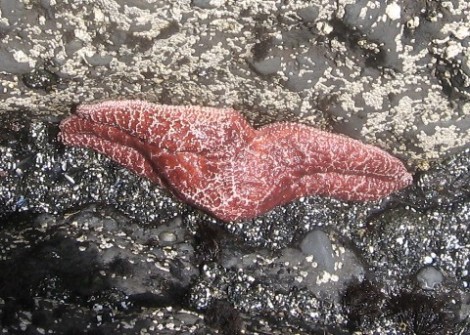
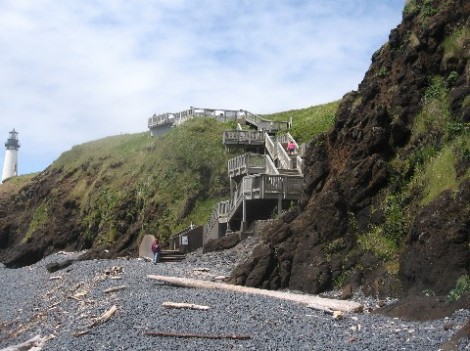
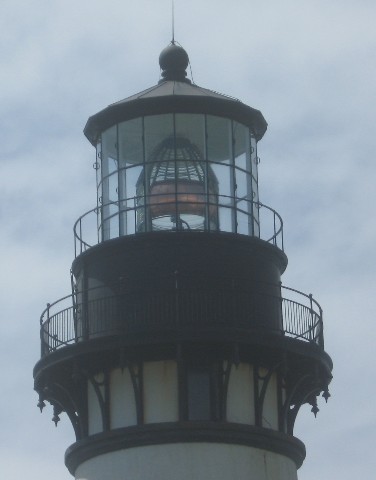
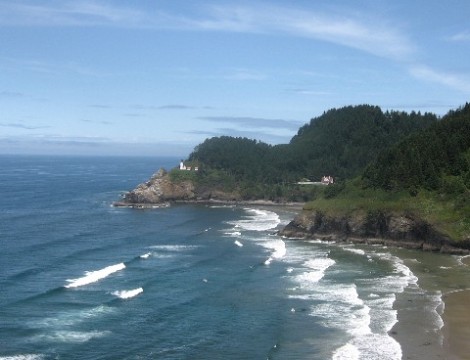
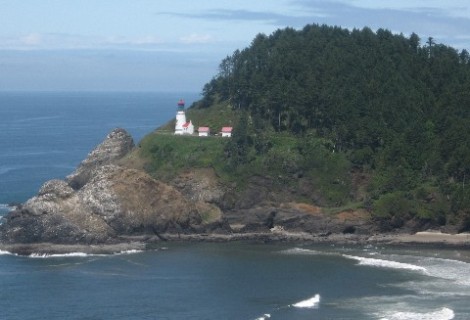
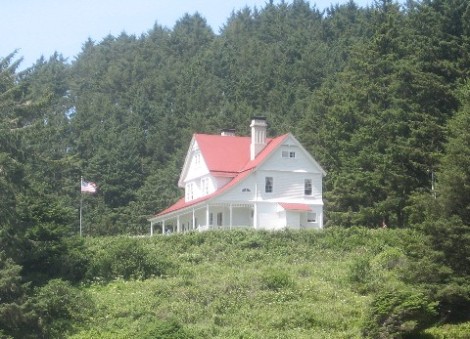
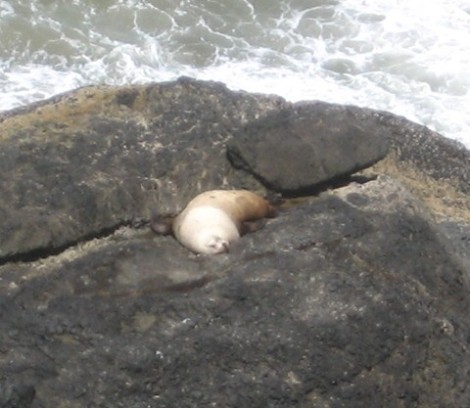
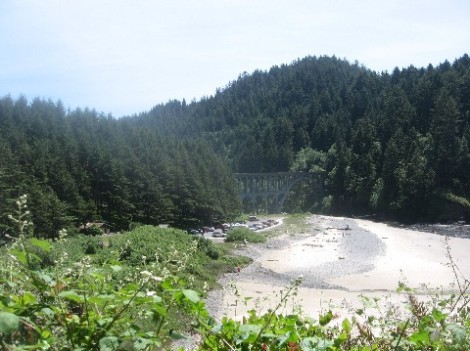
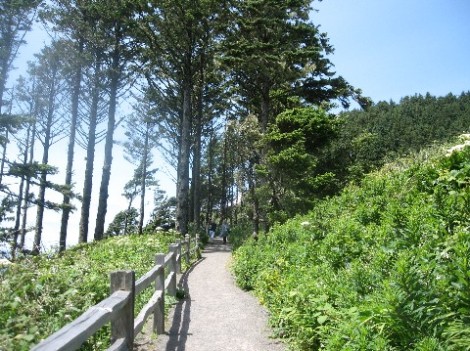

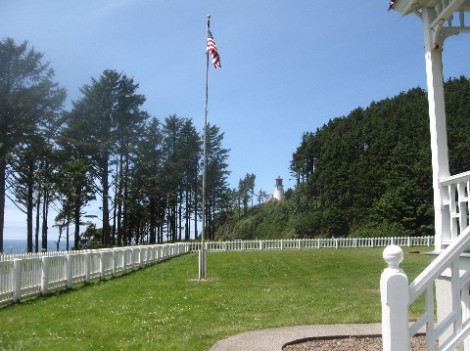
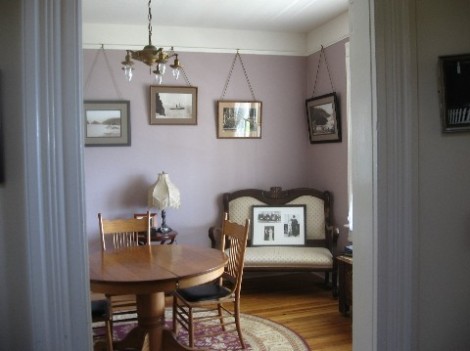
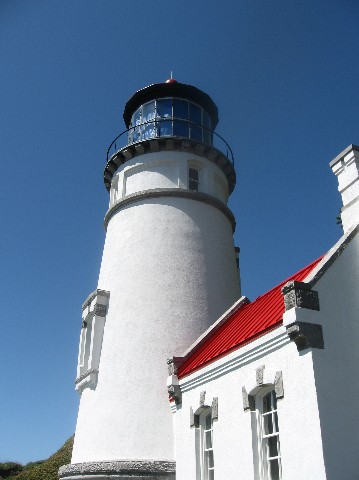
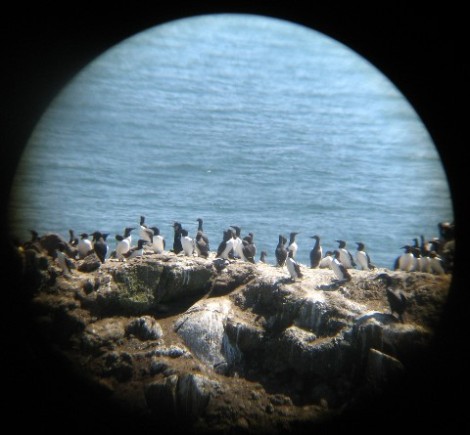
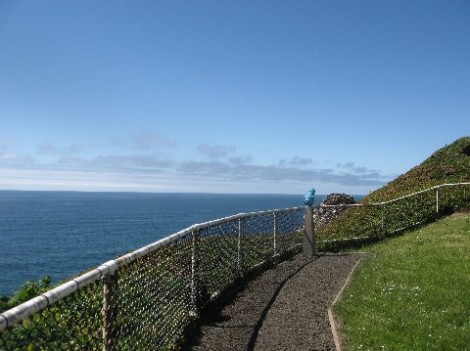
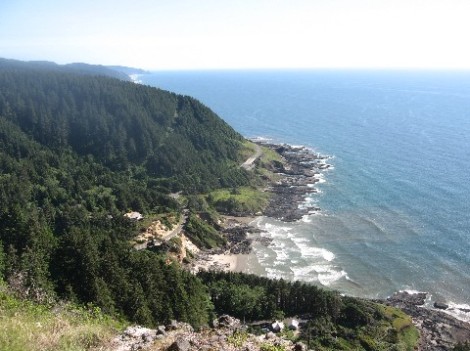

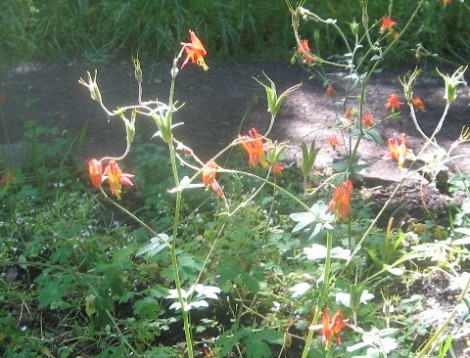
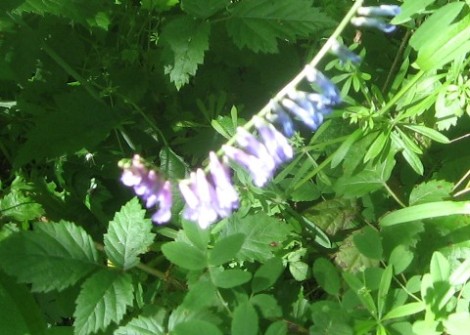
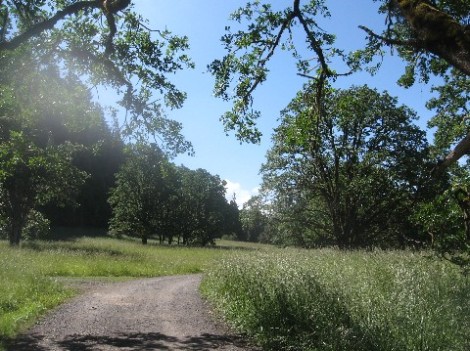
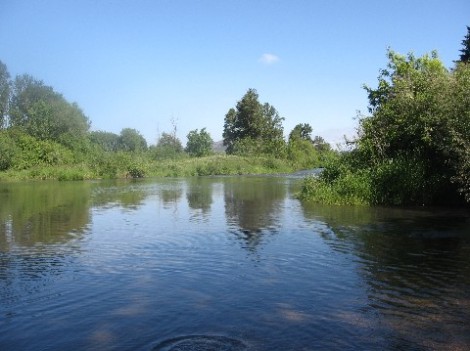
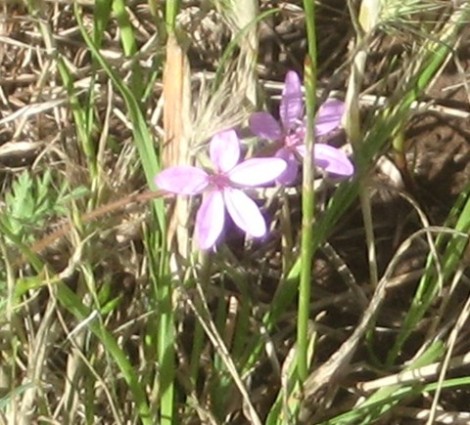

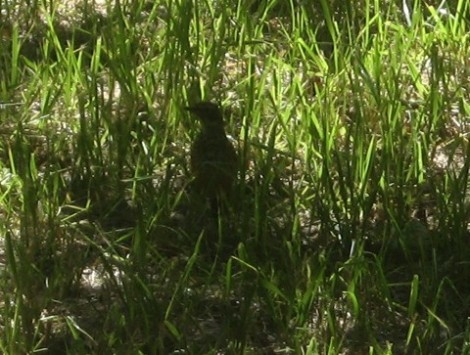

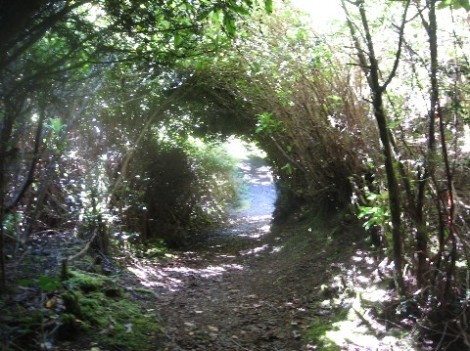
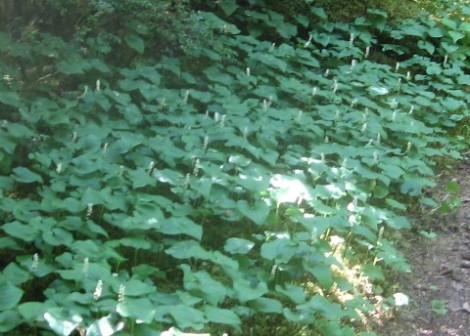
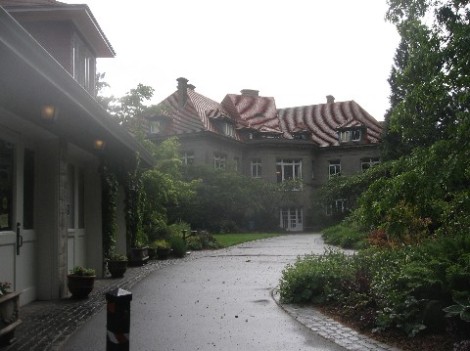
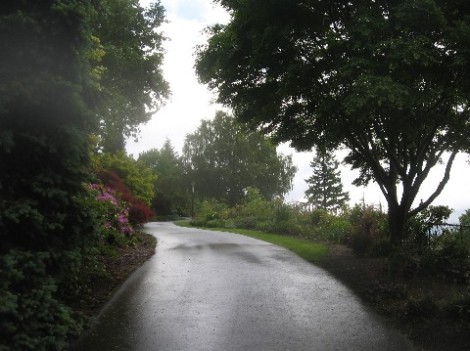
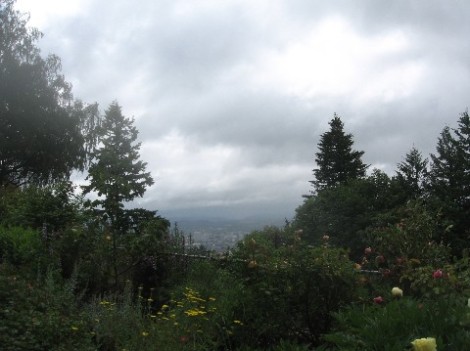
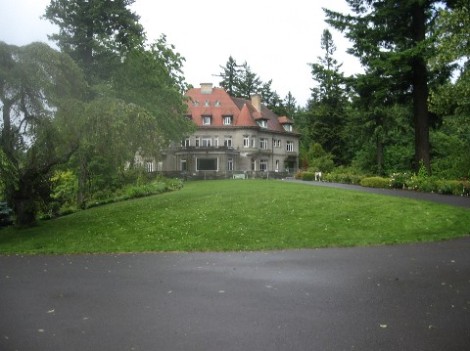
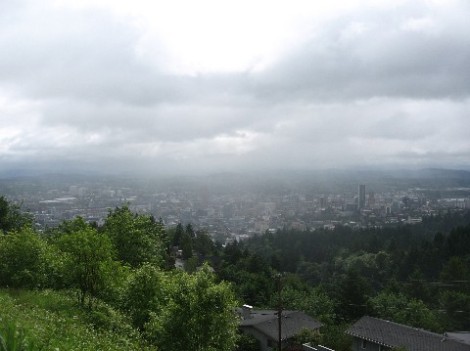
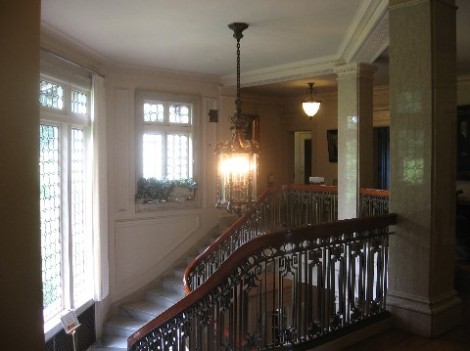
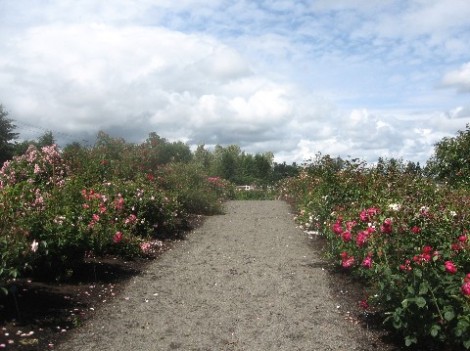

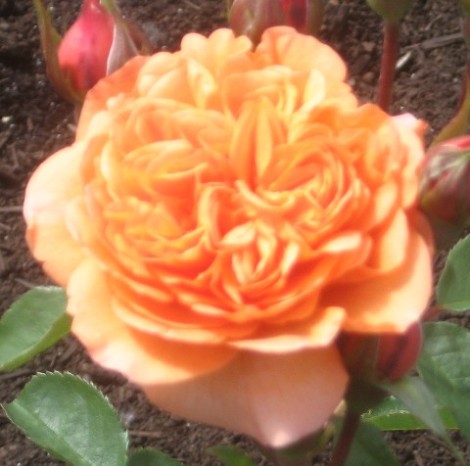
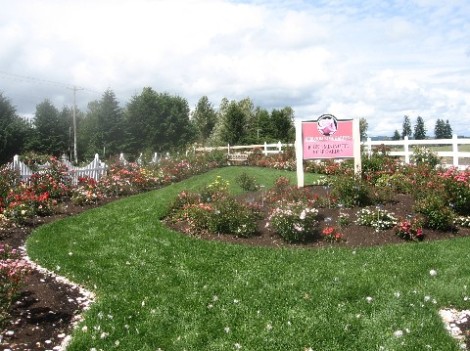
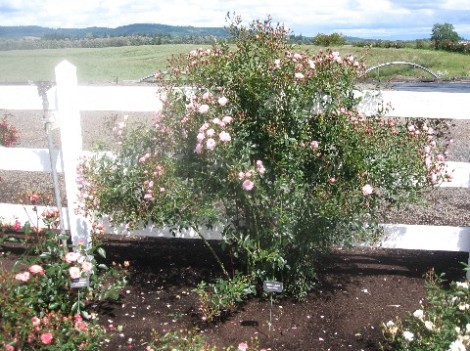
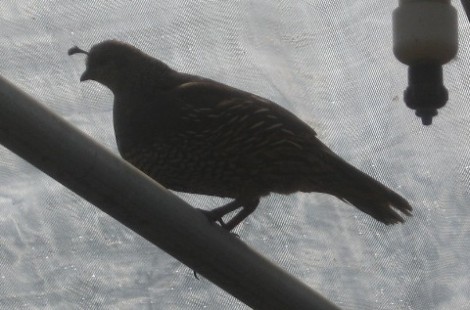
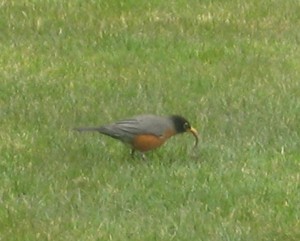
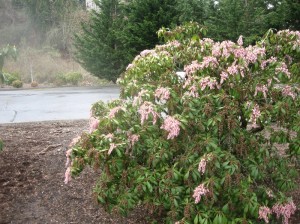
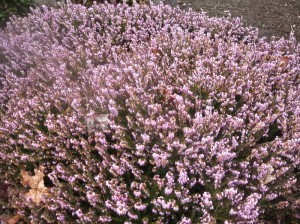
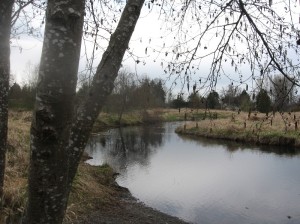
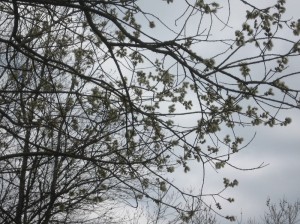
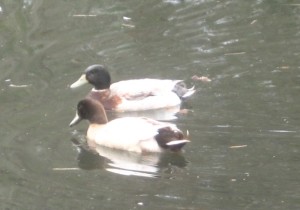
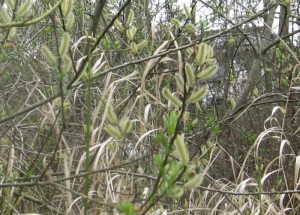
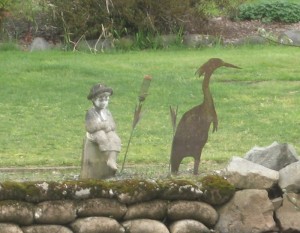
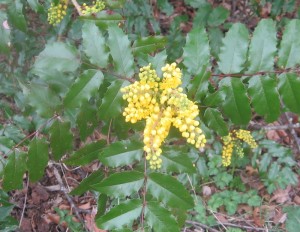
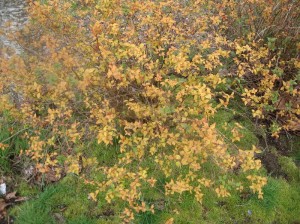
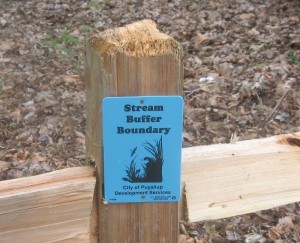
![Telling us about ripaprian [sic] restoration](https://mmjustus.files.wordpress.com/2013/03/clarks-creek-12.jpg?w=300&h=224)
